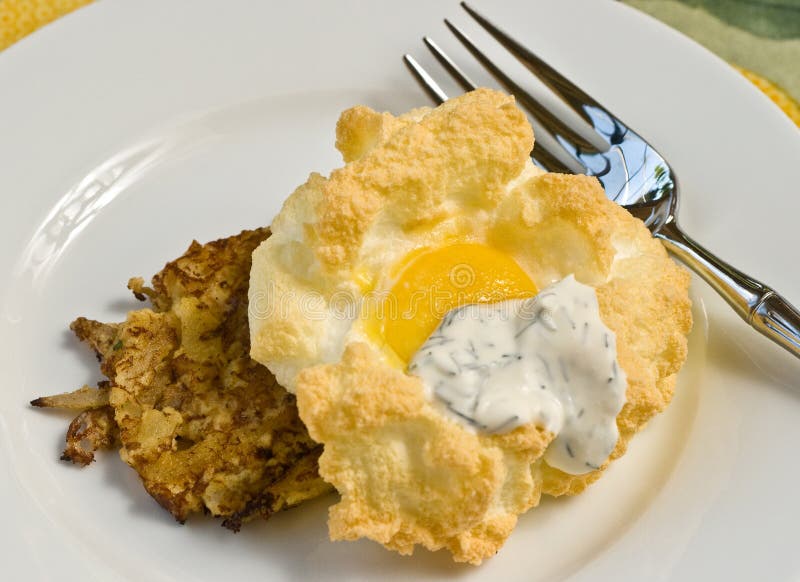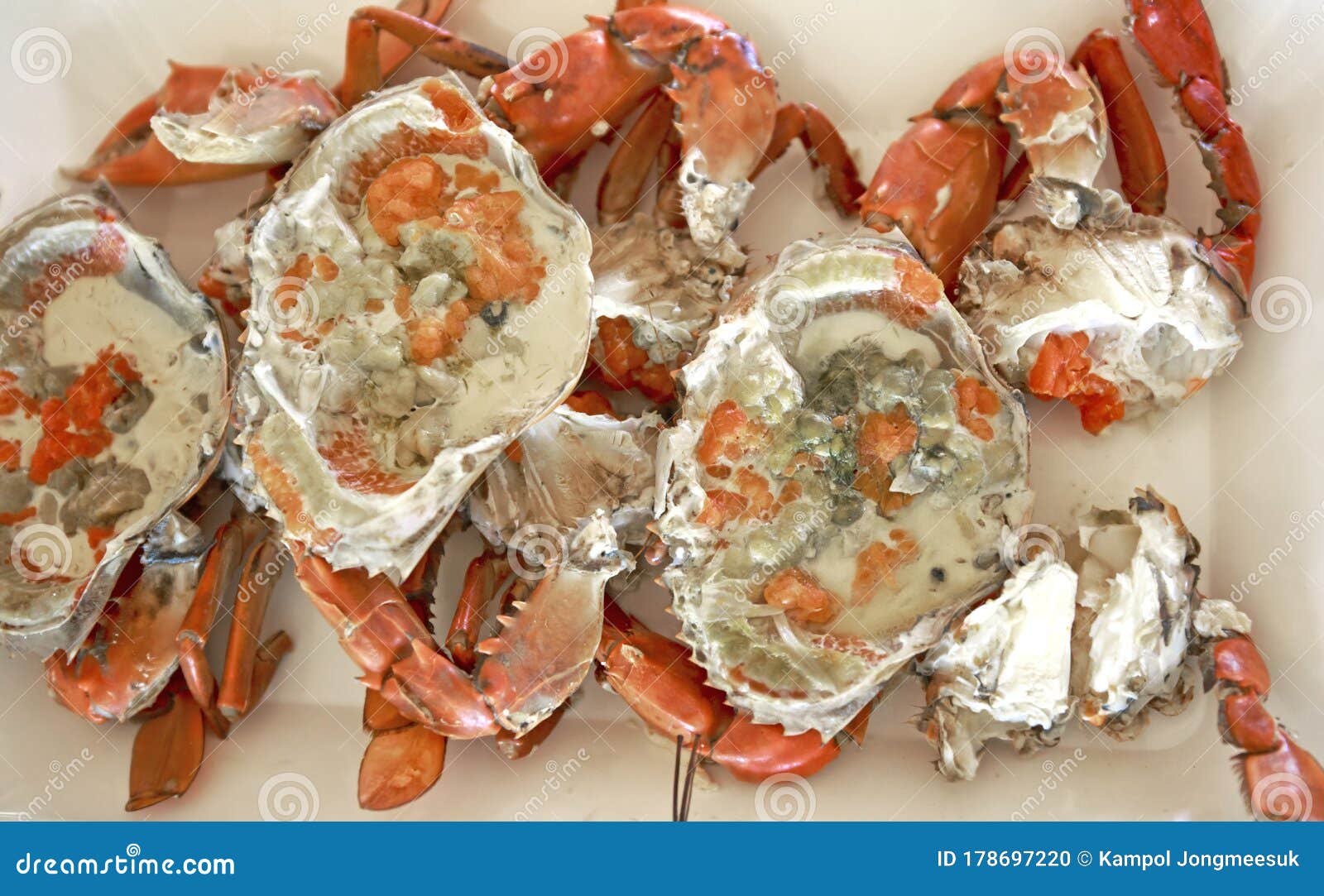

Crabs tend to be aggressive toward one another, and males often fight to gain access to females. : 96Ĭrabs are mostly active animals with complex behaviour patterns such as communicating by drumming or waving their pincers. Some crabs, like the Portunidae and Matutidae, are also capable of swimming, the Portunidae especially so as their last pair of walking legs is flattened into swimming paddles. Some crabs walk forward or backward, including raninids, Libinia emarginata and Mictyris platycheles. : 78–79 Behaviour Ĭarpilius convexus consuming Heterocentrotus trigonarius in HawaiiĬrabs typically walk sideways (a behaviour which spawned the term crabwise), because of the articulation of the legs which makes a sidelong gait more efficient. While the new shell is still soft, the crab can expand it to make room for future growth. After freeing itself from the old shell (now called an exuvia), the crab is extremely soft and hides until its new shell has hardened. This is a difficult process that takes many hours, and if a crab gets stuck, it will die. The crab must then extract all of itself – including its legs, mouthparts, eyestalks, and even the lining of the front and back of the digestive tract – from the old shell.
#Blue crab eggs crack#
At the time of moulting, the crab takes in a lot of water to expand and crack open the old shell at a line of weakness along the back edge of the carapace. When preparing for moult, the old shell is softened and partly eroded away, while the rudimentary beginnings of a new shell form under it. The moult cycle is coordinated by hormones. They are covered with a hard shell, which would otherwise prevent growth. Once crabs have become juveniles, they still have to keep moulting many more times to become adults. In many tropical areas with land crabs, these migrations often result in considerable roadkill of migrating crabs. After living for a short time as larvae in the ocean, the juveniles must do this migration in reverse. Most species of terrestrial crabs must migrate down to the ocean to release their larvae in some cases, this entails very extensive migrations. This last moult, from megalopa to juvenile, is critical, and it must take place in a habitat that is suitable for the juvenile to survive. After one more moult, the crab is a juvenile, living on the bottom rather than floating in the water. The zoea of most species must find food, but some crabs provide enough yolk in the eggs that the larval stages can continue to live off the yolk.Ī Grapsus tenuicrustatus climbing up a rock in HawaiiĮach species has a particular number of zoeal stages, separated by moults, before they change into a megalopa stage, which resembles an adult crab, except for having the abdomen (tail) sticking out behind. They have a spine, which probably reduces the rate of predation by larger animals. The free-swimming tiny zoea larvae can float and take advantage of water currents. The release is often timed with the tidal and light/dark diel cycle. When development is complete, the female releases the newly hatched larvae into the water, where they are part of the plankton. Females carrying eggs are called "berried" since the eggs resemble round berries. In this location, they are protected during embryonic development. When fertilisation has taken place, the eggs are released onto the female's abdomen, below the tail flap, secured with a sticky material.

Females can store the sperm for a long time before using it to fertilise their eggs. For many aquatic species, mating takes place just after the female has moulted and is still soft. The vast number of brachyuran crabs have internal fertilisation and mate belly-to-belly.

Pheromones are used by most fully aquatic crabs, while terrestrial and semiterrestrial crabs often use visual signals, such as fiddler crab males waving their large claws to attract females. Crab ( Pachygrapsus marmoratus) on Istrian coast, Adriatic SeaĬrabs attract a mate through chemical ( pheromones), visual, acoustic, or vibratory means.


 0 kommentar(er)
0 kommentar(er)
